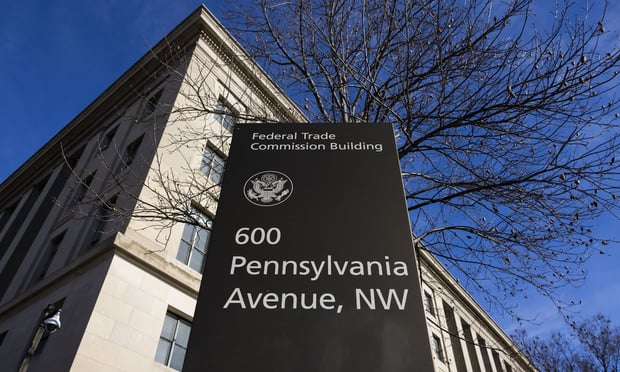It's been nearly four years since Hurricane Katrina ravaged Mississippi and Louisiana, and there are still many physical and emotional reminders of how our lives-both personally and professionally-were turned upside down. Likewise, I'm sure our neighbors to the west in the Houston and Galveston areas are still feeling the effects from last year's Hurricane Ike.
Events such as these demonstrate the importance for credit unions to have a disaster recovery plan in place to enable them to successfully respond to and recover from a major disaster. Although disaster planning is a topic the NCUA and individual state regulators continue to emphasize, it still gets too little attention until a major event occurs.
When a storm like Katrina or Ike strikes, the nation watches the devastation and upheaval it causes. As with other major events, regulators and credit unions' first focus is to assist affected credit unions and members. The tremendous impact of hurricanes and other disasters causes many credit unions out of harm's way to immediately examine what type of disaster plan they have in place should a major disaster strike them, their sponsor or their field of membership.
Complete your profile to continue reading and get FREE access to CUTimes.com, part of your ALM digital membership.
Your access to unlimited CUTimes.com content isn’t changing.
Once you are an ALM digital member, you’ll receive:
- Breaking credit union news and analysis, on-site and via our newsletters and custom alerts
- Weekly Shared Accounts podcast featuring exclusive interviews with industry leaders
- Educational webcasts, white papers, and ebooks from industry thought leaders
- Critical coverage of the commercial real estate and financial advisory markets on our other ALM sites, GlobeSt.com and ThinkAdvisor.com
Already have an account? Sign In Now
© 2024 ALM Global, LLC, All Rights Reserved. Request academic re-use from www.copyright.com. All other uses, submit a request to [email protected]. For more information visit Asset & Logo Licensing.









